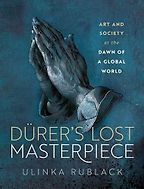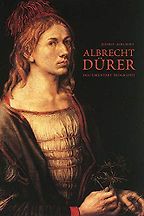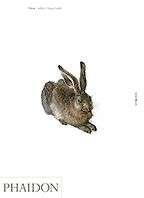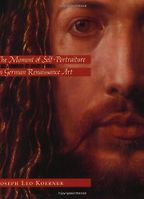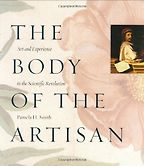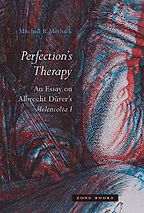
Books by Ulinka Rublack
Ulinka Rublack is Professor of Early Modern History at Cambridge University and Fellow of St John´s College. Her recent books include The Astronomer & the Witch: Johannes Kepler’s Fight For His Mother (Oxford University Press: 2015), and Dressing Up: Cultural Identity in Renaissance Europe (Oxford University Press: 2010). She has edited Holbein´s Dance of Death for the Penguin Classics Series and co-edited The First Book of Fashion: The Book of Clothes of Matthäus and Veit Konrad Schwarz for Bloomsbury (2015). Her monograph Dürer´s Lost Masterpiece: Art and Society at the Dawn of a Global World was published by Oxford University Press in 2023. Rublack´s books are translated into six languages and her book on Johannes and Katharina Kepler inspired a novel, a film and a new monument for Katharina. She is a Fellow of the British Academy and was awarded the German Historikerpreis in 2019.
“Many people come to Dürer early in life as children. He had such a wonderfully engaging way of observing nature — just think of the famous image of the hare, for example, which has become very familiar. Growing up in Germany, Dürer was extremely prominent. As a child I was taken to see his house in Nuremberg, I collected postcards by him. And yet, I only discovered much later that he had written a lot, and that we could actually find out a great deal about him as a person from his writings as much as his art. For me, this was a discovery that demystified him in certain ways. It became possible to know Dürer as an individual…Firstly, I was very intrigued by him as a person, with the way he dealt with the very real commercial pressures of his time, a period of rapid economic and social transformation. Secondly, in a very Renaissance way, he felt pressure to project himself and fashion himself, something we will discuss later. Thirdly, on my reading of the many texts he left behind, I wanted to show that he was actually a challenging and contradictory character. “ Read more...
The best books on Albrecht Dürer
Ulinka Rublack, Art Historians, Critics & Curator
Interviews with Ulinka Rublack
-

1
Albrecht Dürer
by Jeffrey Ashcroft -

2
Dürer
by Jeffrey Chipps Smith -

3
The Moment of Self-Portraiture in German Renaissance Art
by Joseph Leo Koerner -

4
The Body of the Artisan: Art and Experience in the Scientific Revolution
by Pamela Smith -

5
Perfection’s Therapy: An Essay on Albrecht Dürer’s Melencolia I
by Mitchell B. Merback
The best books on Albrecht Dürer, recommended by Ulinka Rublack
The best books on Albrecht Dürer, recommended by Ulinka Rublack
Albrecht Dürer was the archetype of the Renaissance man, but also the prototypical artist-merchant, and very much a man of the world, says historian Ulinka Rublack. Dürer’s self-portraits, particularly the Christ-like image from 1500, have branded him as art history’s ultimate narcissist, but this is a view that does justice to neither his work nor to the complex and conflicted creative individual that he was, she says. She recommends books on Dürer’s Renaissance that reveal a much more nuanced artist and a richer sense of the times in which he lived and created.
Interviews where books by Ulinka Rublack were recommended
-

1
Albrecht Dürer
by Jeffrey Ashcroft -

2
Dürer
by Jeffrey Chipps Smith -

3
The Moment of Self-Portraiture in German Renaissance Art
by Joseph Leo Koerner -

4
The Body of the Artisan: Art and Experience in the Scientific Revolution
by Pamela Smith -

5
Perfection’s Therapy: An Essay on Albrecht Dürer’s Melencolia I
by Mitchell B. Merback
The best books on Albrecht Dürer, recommended by Ulinka Rublack
The best books on Albrecht Dürer, recommended by Ulinka Rublack
Albrecht Dürer was the archetype of the Renaissance man, but also the prototypical artist-merchant, and very much a man of the world, says historian Ulinka Rublack. Dürer’s self-portraits, particularly the Christ-like image from 1500, have branded him as art history’s ultimate narcissist, but this is a view that does justice to neither his work nor to the complex and conflicted creative individual that he was, she says. She recommends books on Dürer’s Renaissance that reveal a much more nuanced artist and a richer sense of the times in which he lived and created.

